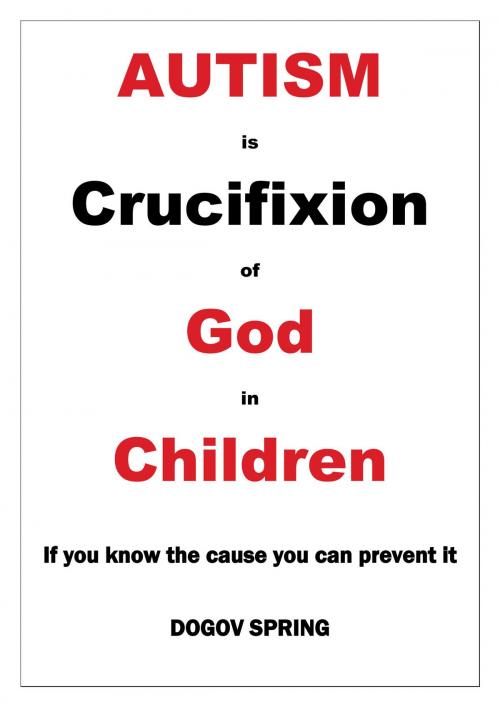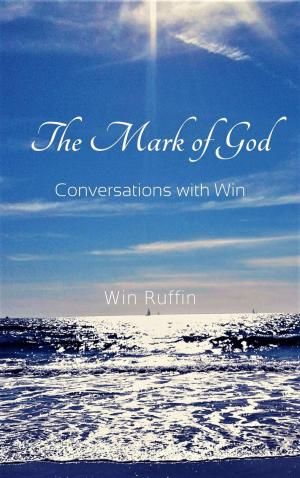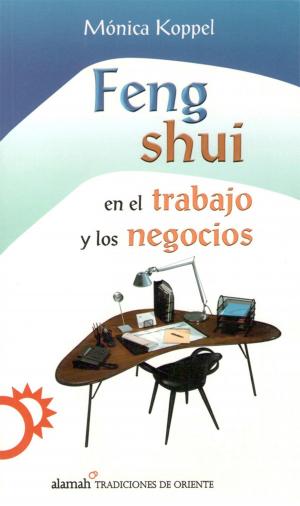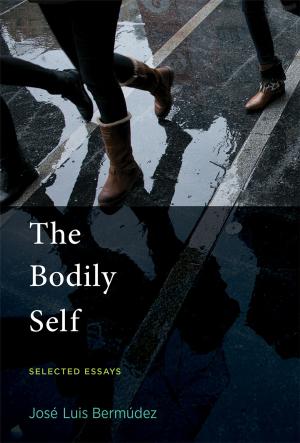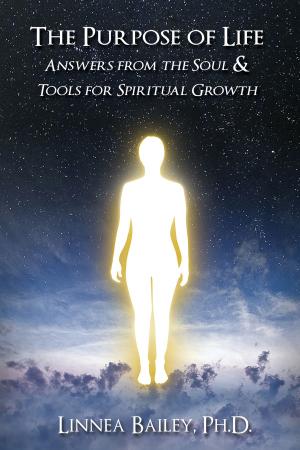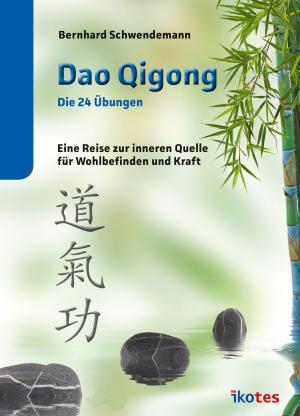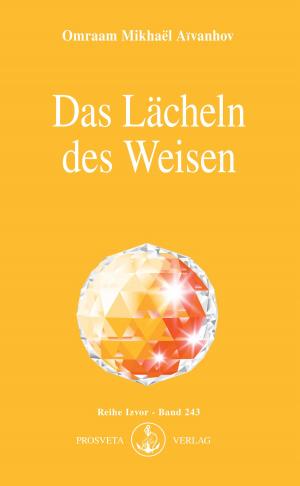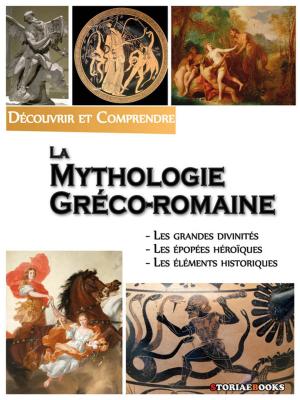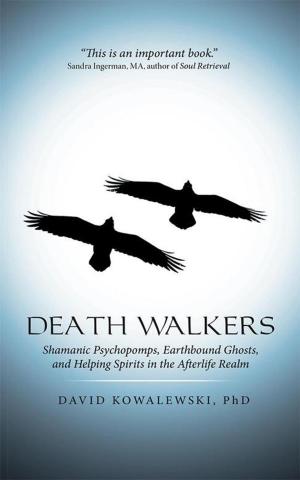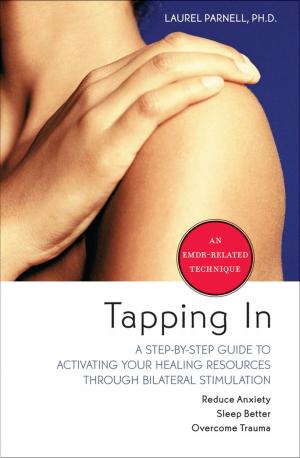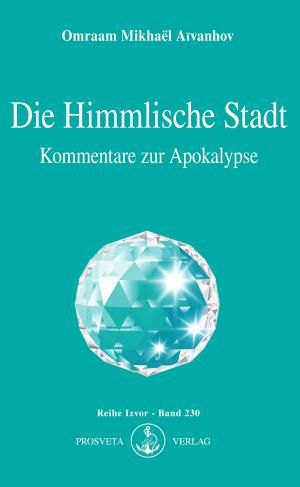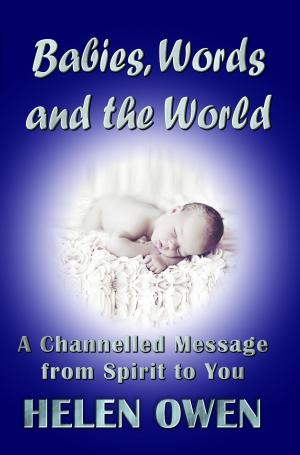Autism is Crucifixion of God in Children
Nonfiction, Social & Cultural Studies, Social Science, Archaeology, Religion & Spirituality, Philosophy, Mind & Body| Author: | Dogov Spring | ISBN: | 9780463096253 |
| Publisher: | Dogov Spring | Publication: | July 20, 2018 |
| Imprint: | Smashwords Edition | Language: | English |
| Author: | Dogov Spring |
| ISBN: | 9780463096253 |
| Publisher: | Dogov Spring |
| Publication: | July 20, 2018 |
| Imprint: | Smashwords Edition |
| Language: | English |
This book takes the reader on a fast and uncomfortable journey through space and time, and explains how our beliefs and deeds make us all collectively responsible for the rise in autism. This journey begins in Plato’s Cave, which is a metaphor for the human brain, and travels to 16th Century Wittenberg to watch Martin Luther crucify the church by means of nails and a hammer. Along the way we meet Socrates, Copernicus, Darwin, Einstein, Mona Lisa and Henry VIII, among many other characters, and we visit the Rock of Gibraltar, St. Peter’s Basilica, and the Peace Walls in Northern Ireland. We take a tour of Tutankhamun’s tomb and discover that it explains autism in great detail. Whilst in Egypt we stop off at the Giza Plateau and identify the serpent and the vulture which protrude from the face mask of Tutankhamun. On our journey we decode the riddle of the Sphinx, two ancient Jewish riddles – ‘If I am not for myself, who will be for me’, and ‘What is mine is mine’, the World Cup Trophy and the stone that no two men can carry. The journey ends by visiting Christ in a human form, and finding out what makes him unique and equal at the same time to the rest of humanity.
This book takes the reader on a fast and uncomfortable journey through space and time, and explains how our beliefs and deeds make us all collectively responsible for the rise in autism. This journey begins in Plato’s Cave, which is a metaphor for the human brain, and travels to 16th Century Wittenberg to watch Martin Luther crucify the church by means of nails and a hammer. Along the way we meet Socrates, Copernicus, Darwin, Einstein, Mona Lisa and Henry VIII, among many other characters, and we visit the Rock of Gibraltar, St. Peter’s Basilica, and the Peace Walls in Northern Ireland. We take a tour of Tutankhamun’s tomb and discover that it explains autism in great detail. Whilst in Egypt we stop off at the Giza Plateau and identify the serpent and the vulture which protrude from the face mask of Tutankhamun. On our journey we decode the riddle of the Sphinx, two ancient Jewish riddles – ‘If I am not for myself, who will be for me’, and ‘What is mine is mine’, the World Cup Trophy and the stone that no two men can carry. The journey ends by visiting Christ in a human form, and finding out what makes him unique and equal at the same time to the rest of humanity.
